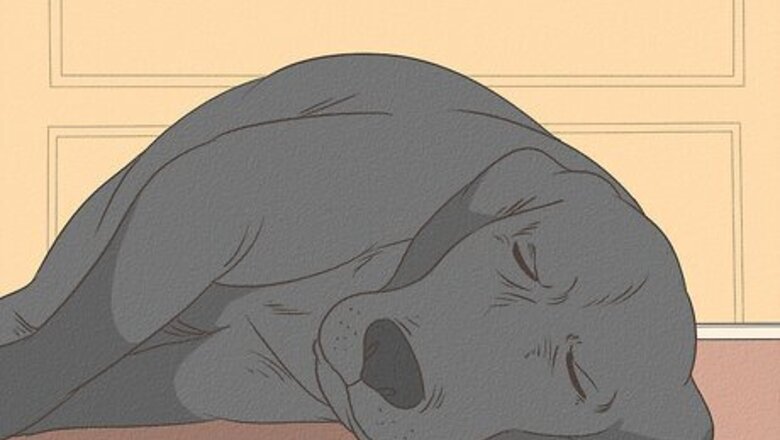
views
X
Research source
Care for your dog if he's vomited and know when to get proper medical attention.
Taking Care of Immediate Needs
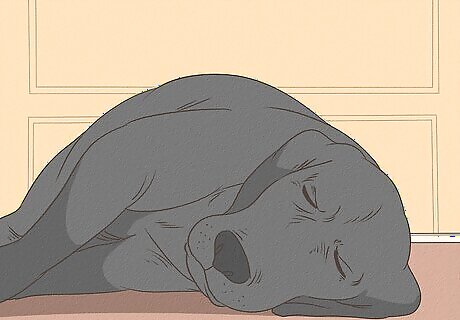
Check for shock. Your dog may need immediate medical treatment by the vet if he shows signs of shock. Signs include: Pale skin and gums Abnormal behavior Collapse Weakness Difficulty getting up and walking Reluctance when lifting his head Depressed demeanor
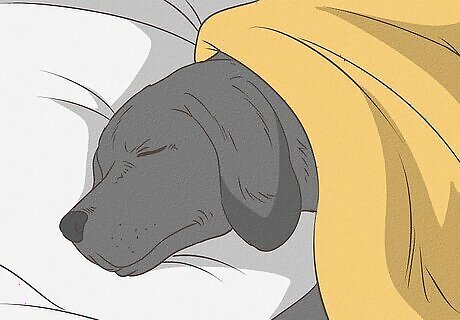
Keep your dog warm and comfortable. After your dog has vomited, reassure him that he’s done nothing wrong. Try to get him to lie down and rest. If he seems cool or is shivering, put a blanket over him and give him plenty of attention and support. Let your dog take it easy. Help him get comfortable on the floor, so that he doesn't have to try getting up and walking around.
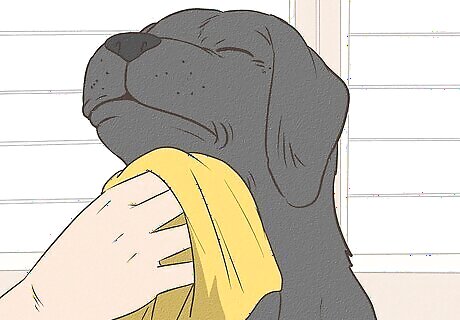
Clean your dog’s soiled fur with a warm, wet washcloth. Dried vomit can cause your dog's hair to get matted, so it is a good idea to clean him up. Only do this once your dog has rested for a bit and stop cleaning if your dog becomes stressed by the bath. You may want to place puppy pads or old towels under his chin and around him, so that if he's sick again he doesn't soil the carpet. Some dogs recognize puppy pads as appropriate places to toilet. This may relieve his anxiety about being unclean if knows he has somewhere to vomit.
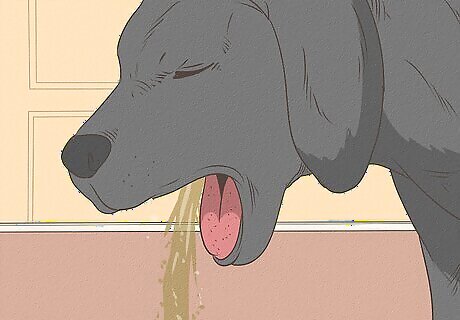
Watch for signs that your dog may vomit again. Keep a close eye on your dog after he has vomited since repeated vomiting needs medical attention. Signs that he may vomit again include retching, or a noise that sounds like he has something stuck in his throat; a stiff or rigid stance; and wandering around aimlessly.
Recognizing Emergency Situations
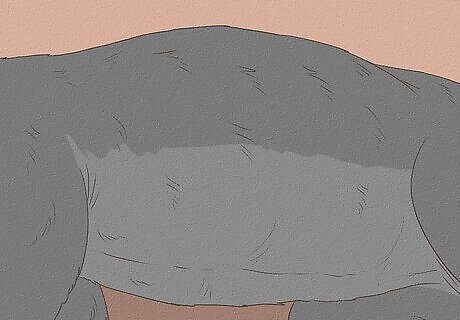
Get immediate treatment for bloat. If your dog vomits, but nothing comes up your dog may have a serious and life-threatening condition called bloat. Symptoms include repeated attempts to vomit without actually producing vomit and drooling strings of saliva (because he can't swallow it). Your dog needs emergency medical treatment for bloat, since this serious condition can kill within hours if it's not treated.
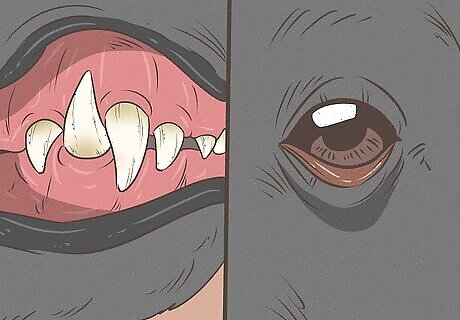
Watch for dehydration. Once your dog vomits, he may feel nauseous which prevents him from wanting to drink. This, along with vomiting up fluid, can cause dehydration if the amount of fluid he loses is greater than the amount of fluid he's taking in. If your dog is showing early signs of dehydration, give him an electrolyte drink mixed with water every few hours for a day. If the dehydration doesn't improve, get medical attention. Early signs of dehydration include: Excessive panting Dry mouth, gums, or nose Visible lethargy (fatigue) Dry or sunken eyes Lack of skin elasticity (the skin won't fall back into place immediately if you pinch a little and release it) Weakness in the hind end (a later stage of dehydration) Unsteadiness when walking (a later stage of dehydration)
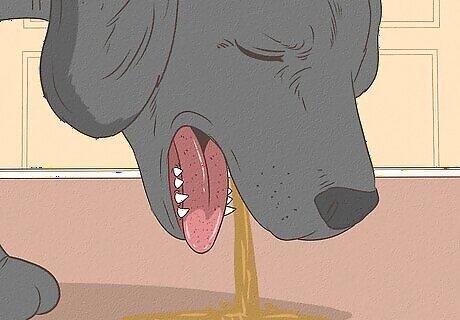
Know when to contact the vet. If the vomiting is simple and straightforward, such as after scavenging garbage, then most times you can nurse the dog better at home by offering fluids, and withholding food. However, you should always watch for signs that your dog needs immediate medical attention. These include: Retching with nothing coming up Vomiting once or twice with your dog still seeming dull and depressed Vomiting for more than 4 hours or not being able to keep water down Vomiting blood which could indicate a serious ulcer in the stomach wall EXPERT TIP Pippa Elliott, MRCVS Pippa Elliott, MRCVS Veterinarian Dr. Elliott, BVMS, MRCVS is a veterinarian with over 30 years of experience in veterinary surgery and companion animal practice. She graduated from the University of Glasgow in 1987 with a degree in veterinary medicine and surgery. She has worked at the same animal clinic in her hometown for over 20 years. Pippa Elliott, MRCVS Pippa Elliott, MRCVS Veterinarian Pippa Elliott, a licensed veterinarian, suggests: "Always respect your instincts as an owner. If you are worried and feel something is wrong, call your local vet clinic and ask for advice. Better a wasted call than to ignore a potentially serious issue."
Determining and Eliminating the Cause of Vomiting
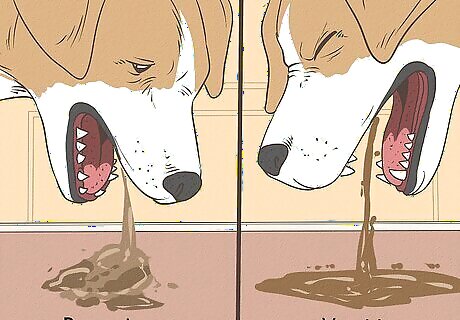
Distinguish between vomiting and regurgitation to determine proper treatment. Dogs can often regurgitate, raise undigested food with no abdominal effort, without showing signs of other illnesses. If your dog regurgitates, he may just need his food to be raised off the floor so that gravity helps pass the food down into his stomach. However, if your dog forcefully vomits (acute vomiting) the contents of his stomach, this means his muscles are contracting. You'll notice your dog hunched up and the vomit will probably smell foul. Regurgitation is usually a sign of esophageal issues or other problems in the early stages of the digestive process. For example, often dogs eat too much too quickly. In this case, the food your dog expels will usually be undigested and tubular in shape. If your dog regularly regurgitates food, he may have a long term medical condition so put his food up on a chair, but also let your vet assess him.
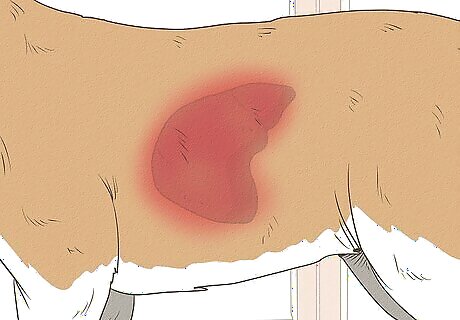
Consider the causes of vomiting. Think about your dog's recent diet, behaviour, emotions, and environmental conditions to determine what might be causing your dog's vomiting. For example, think about recent walks and whether your dog may have scavenged a carcass or eaten discarded food. Vomiting can be a common symptom of "garbage gut" where your dog eats things that aren't healthy which causes his body to force out the spoilt food. However, if he keeps vomiting, there may be a more serious cause including: Bacterial infections in the gastrointestinal tract Intestinal parasites Severe constipation Acute kidney failure Acute liver failure Colitis Parvovirus Gall bladder inflammation Pancreatitis Ingestion of a poisonous substance Heatstroke An infected uterus A reaction to medicine Cancer
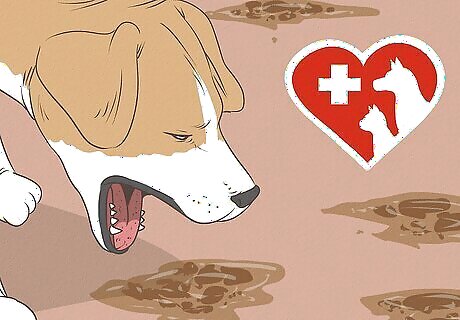
Assess whether the vomiting was a one-off or occurred multiple times. If your dog vomits once, eats normally and has normal bowel movements, the vomiting was probably an isolated incident. If he vomits more than once throughout the day or if it continues beyond one day, take him to the vet immediately. Continued and repetitive vomiting should be investigated more fully by a vet. Your vet should be able to diagnose the condition by conducting a range of tests, including X-rays, bloodwork, fecal analysis, urinalysis, ultrasound imaging, and/or a barium study. EXPERT TIP Ray Spragley, DVM Ray Spragley, DVM Veterinarian Dr. Ray Spragley is a Doctor of Veterinary Medicine and the Owner/Founder of Zen Dog Veterinary Care PLLC in New York. With experience in multiple institutions and private practices, Dr. Spragley’s specializations and interests include non-surgical management of cranial cruciate ligament tears, Intervertebral Disk Disease(IVDD), and pain management in osteoarthritis. Dr. Spragley holds a BS in Biology from SUNY Albany and has a Doctor of Veterinary Medicine degree (DVM) from Ross University School of Veterinary Medicine. He is also a Certified Canine Rehabilitation Therapist (CCRT) through the Canine Rehab Institute as well as a Certified Veterinary Acupuncturist (CVA) through Chi University. Ray Spragley, DVM Ray Spragley, DVM Veterinarian Adjust feedings when your dog is vomiting bile. Throwing up bile or yellow fluid indicates an empty stomach in dogs, so adjust meal schedules to prevent large gaps if this happens a lot. But repeat vomiting or inability to hold down any food still needs prompt medical attention to check for underlying gastrointestinal issues.
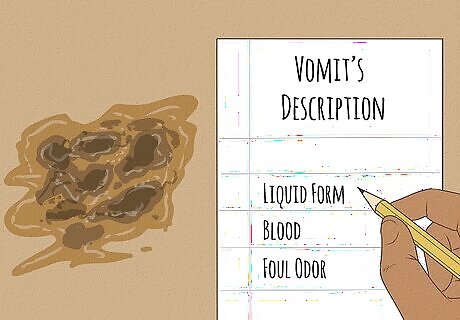
Examine the vomit to determine a cause of vomiting. Look at the vomit for foreign objects like wrappers, pieces of a plastic bag, bone fragments (you should not give your dog real bones as this are often implicated in vomiting episodes), etc. If you see blood in the vomit, take your dog to the vet immediately since severe blood loss can happen quickly and be fatal. If there are no foreign objects, look at the shape and consistency of the vomit. Is it undigested food or is it more liquid in form? Write down what you observe so you will be able to tell your vet if the vomiting continues. It may help your vet diagnose your dog if you can show a photo or sample of the vomit. A photo can also let the vet see the volume of vomitus which may influence treatment.
Feeding After Vomiting
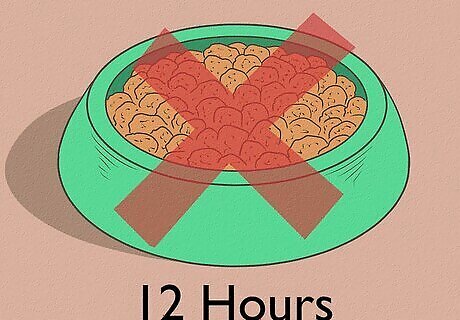
Avoid feeding your dog for 12 hours. Vomiting can irritate your dog’s stomach lining, which can lead to more vomiting if he eats anything soon after vomiting. His stomach needs time to rest, and this will help you determine if his vomiting was food-related. Resist the urge to feed him even if he acts hungry. This fasting will also give your dog a chance to eliminate anything that might have caused the vomiting. A puppy or young dog should not fast for more than 12 hours. If your dog has an underlying medical condition (especially diabetes), speak with your veterinarian before withholding any meals.
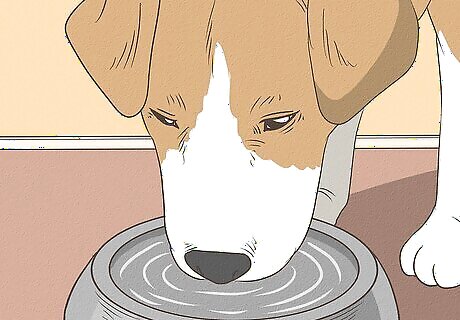
Give your dog water. Offer him 1 teaspoon of water for every pound of his weight every hour. Continue giving water this way throughout the day and night until your dog can drink normally. Drinking too much water after vomiting can cause your dog to vomit again, while not drinking any water can cause dehydration. Call the vet if your dog is unable to keep down even this small amount of water. For example, if your dog weighs 12 pounds, he would get 12 teaspoons (¼ cup) of water every hour throughout the day and night. Consider getting pedialyte or lectade from a pharmacy or the vet. Follow the packaged instructions to reconstitute this electrolyte powder with boiled water. It's gentler on the stomach and can help reverse dehydration. Offer it in the same quantities that you would water. Be aware that not all dogs like the taste and refuse to drink it.
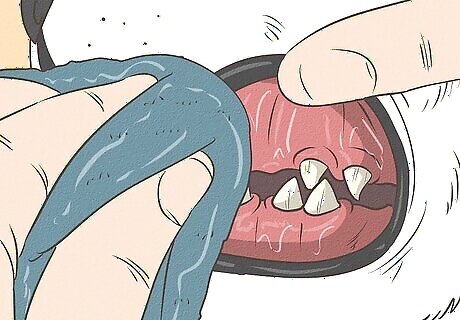
Keep your dog hydrated if he won't drink. To prevent dehydration, you must keep your dog hydrated. Consider wiping your dog's gums with a washcloth soaked in water. This helps freshen his mouth at a time when he feels too nauseous to drink. Or, offer ice cubes for your dog to lick so he at least gets small amounts of water and keeps his mouth moist. You can also try giving him certain teas like lukewarm ginger, chamomile or mint which can help calm his stomach and digestive tract. As with water, you only want to give him a few tablespoons at a time. If he won’t drink tea, try freezing it in ice cube trays and then breaking it apart into chips. He may take it this way. Keep trying to offer your dog a variety of fluids until you find one that he'll take.
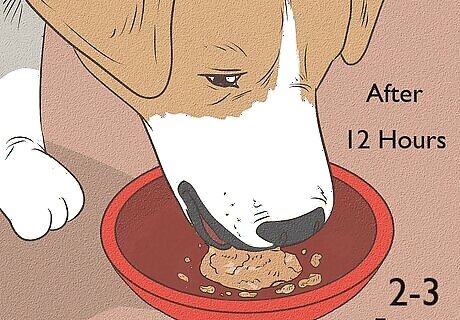
Reintroduce food. After 12 hours, begin introducing 2 to 3 teaspoons of foods that are low in fat and easy to digest. Lean meats like skinless chicken and hamburger will provide needed protein, while boiled potatoes, low-fat cottage cheese and well-cooked rice will give him the carbohydrates he needs. Create a mixture of 1 part lean meat to 5 parts carbohydrate. Make sure that these foods are well-cooked, drained of fat, and unseasoned which will make it easier to digest than regular dog food. If your dog does not vomit, give him a little more food every hour or two. But, if he begins to vomit again, take him to the vet for examination.
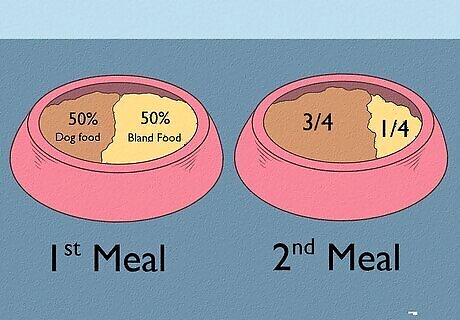
Integrate dog food slowly. After the first day of feeding your dog these bland foods, you can start to mix just a little bit of his regular dog food with the food you’ve been making him for one meal. For example, start with a 50/50 mix for one meal, then 3/4 dog food and 1/4 of the bland diet for one meal. Then return to feeding him normally unless he begins vomiting again. Always follow the vet's recommendations and return for any follow-up exams. Stop feeding your dog if he begins vomiting again and take him to the vet. It's a good idea to keep a log of what your dog eats and drinks, the amounts he consumes, and his behavior. This will be useful information for the vet. Don’t experiment with food or medications since this could make your dog’s vomiting worse.

















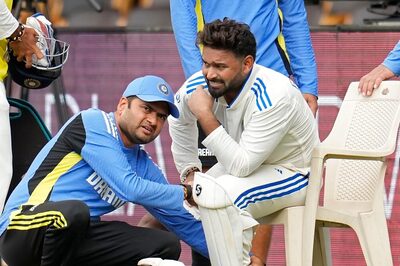

Comments
0 comment